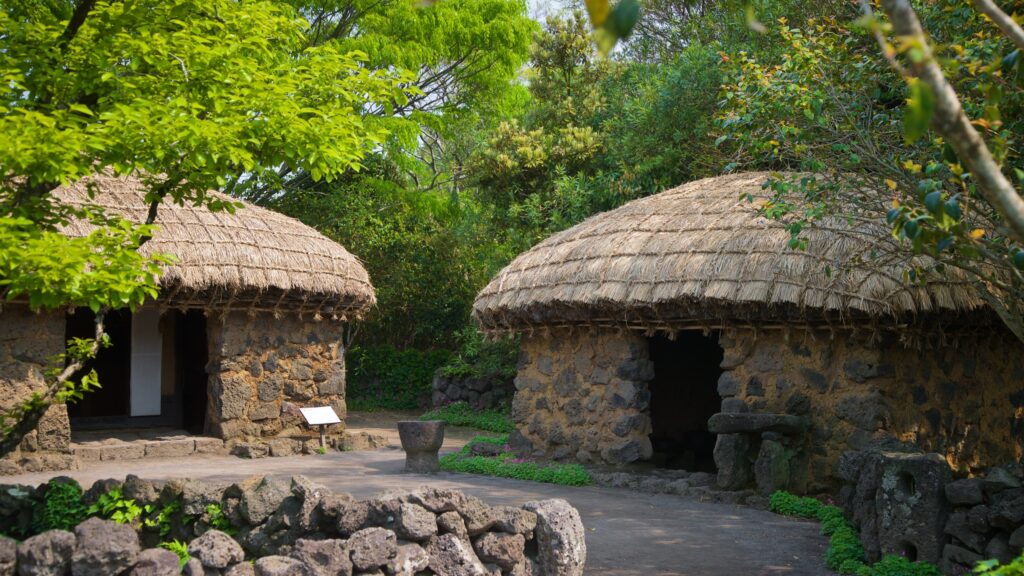The Village Museum: An Engaging and Informative Experience
If you’re looking for an interesting and educational way to spend a day, then the Village Museum in Bucharest, Romania is an ideal choice. This open-air museum is a unique combination of history, culture and architecture, offering visitors an unforgettable experience.
What Is the Village Museum?
The Village Museum (Muzeul Satului) is a large outdoor museum located in the Herăstrău Park in Bucharest, Romania. It was founded in 1936 by Dimitrie Gusti, a sociologist and professor at the University of Bucharest. The museum is home to more than 300 traditional Romanian peasant homes, farmsteads, churches, and workshops that have been moved from all over the country and rebuilt in their original form.
Visiting the Village Museum
The museum is divided into several sections, each section representing a different region of Romania. Visitors can stroll through the cobblestone pathways and explore the various buildings, which include wooden houses, churches, windmills, watermills and workshops. These buildings are furnished with traditional furniture and objects that date back to the 19th century.
The museum also houses a collection of artifacts, including pottery, carpets, textiles, musical instruments, tools, and religious objects. In addition, there are interactive exhibits and activities for visitors to enjoy, such as weaving and pottery demonstrations, folk music and dance performances, and traditional cooking classes.
What to See at the Village Museum
The Village Museum is home to a number of fascinating landmarks and attractions, including:
- The Wooden Church of Saint Nicholas – This 17th century wooden church is the oldest building in the museum. It was originally built in the town of Bistrita, and then moved to the museum in 1936.
- The Măcriș House – This house is the most impressive of all the wooden dwellings in the museum. It was built in 1781 and features a characteristic overhanging balcony and decorative carvings.
- The Water Mill – This 18th century water mill was originally built in the village of Budesti-Josani and is now the only working mill in the museum.
- The Wool Processing Workshop – This workshop displays the traditional methods that were used to process wool and create carpets. It also showcases a variety of traditional tools and equipment.
- The Spinning Wheels and Weaving Looms – This exhibit displays a variety of spinning wheels and weaving looms from different regions of Romania.
- The Pottery Workshop – This workshop demonstrates traditional pottery-making techniques and displays a variety of pottery pieces.
- The Beekeeping Exhibit – This exhibit showcases the traditional beekeeping practices that were used in rural Romania.
Conclusion
The Village Museum is a must-visit destination for anyone interested in learning about Romania’s rich history and culture. With its collection of traditional houses, churches, workshops, and artifacts, the museum offers visitors an engaging and informative experience. So, make sure to add the Village Museum to your travel list for your next trip to Bucharest!

